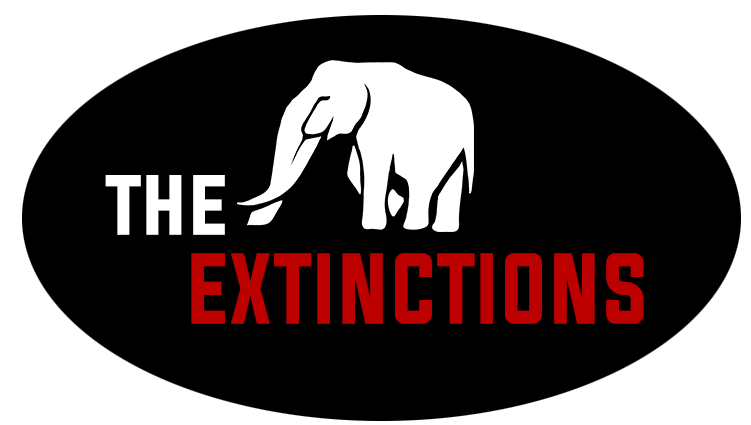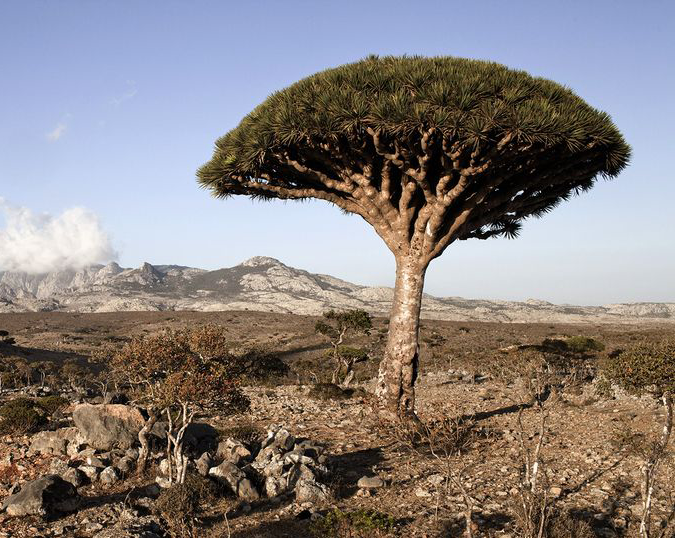
Islands - Socotra
Isolated for 20 million years, Socotra is a world apart. It is home to numerous birds and reptiles found nowhere else, as well as a host of plants, so bizarre as to look almost alien. And yet, Socotra is in decline.
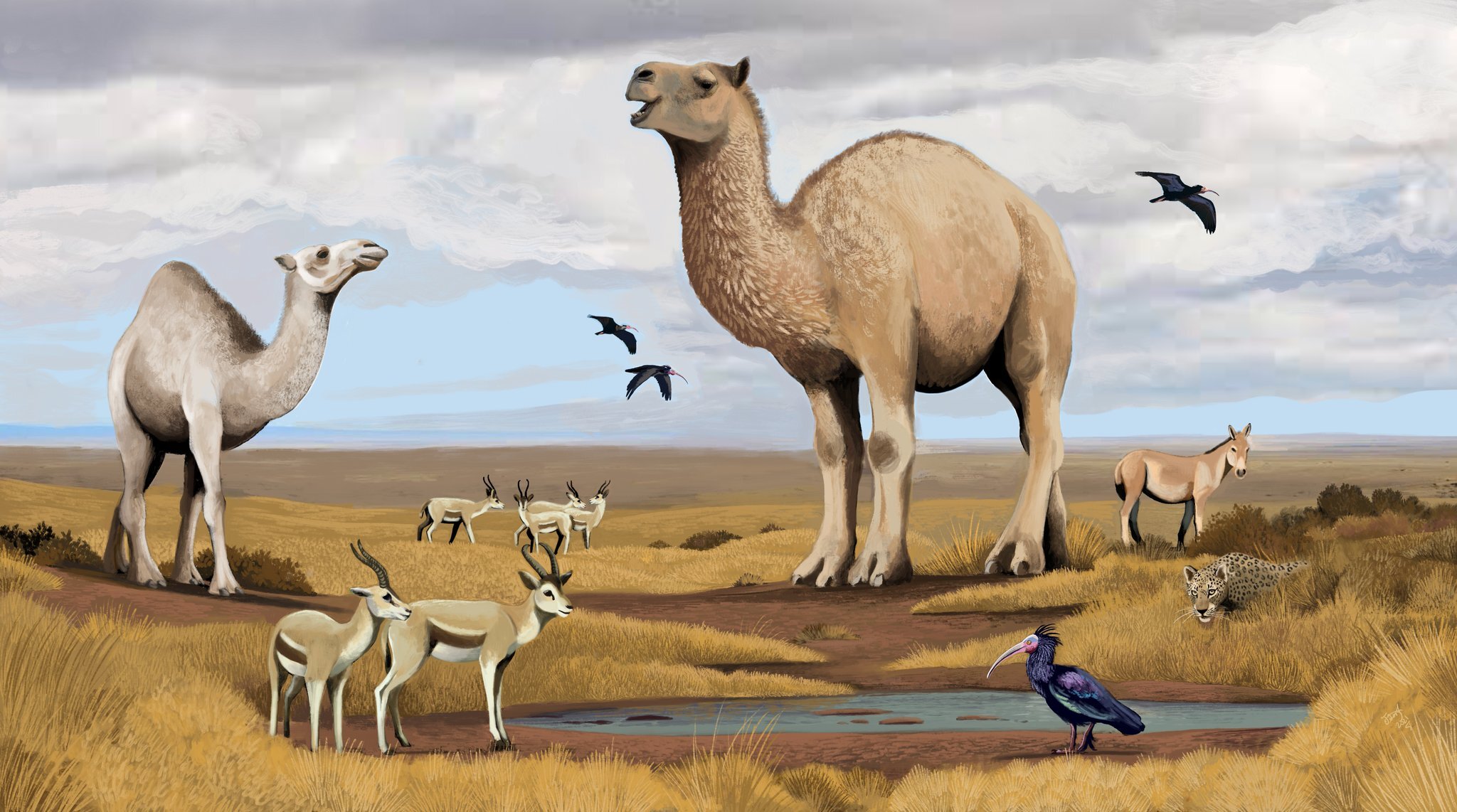
The Mysterious Origins of the Dromedary
Dromedaries have been one of the most important domesticated animals in human history, yet their origins remain unclear. Fossils are restricted to the Holocene and their affinities to other species a matter of debate.
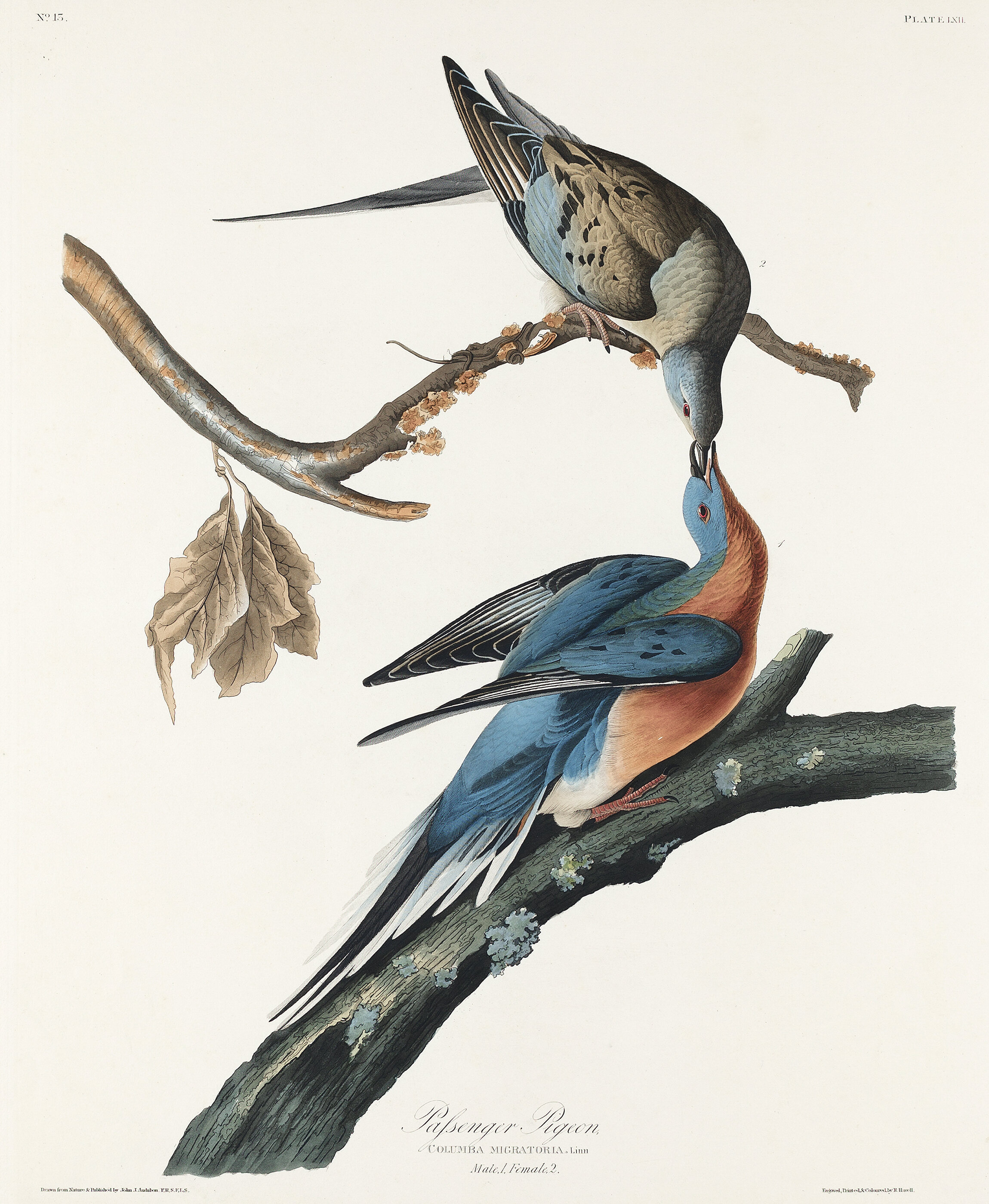
Passenger Pigeons: Stewards of the Hardwood Forests
Passenger Pigeons were the most common bird in North America at the time of European settlement but were wiped out within a few centuries. The species shaped the landscapes and ecosystems within its range by virtue of its sheer abundance and unique behavior. Most affected were the hardwood forests of the Northern United States, where billions of pigeons would congregate annually to breed and inflict massive changes on their breeding grounds.
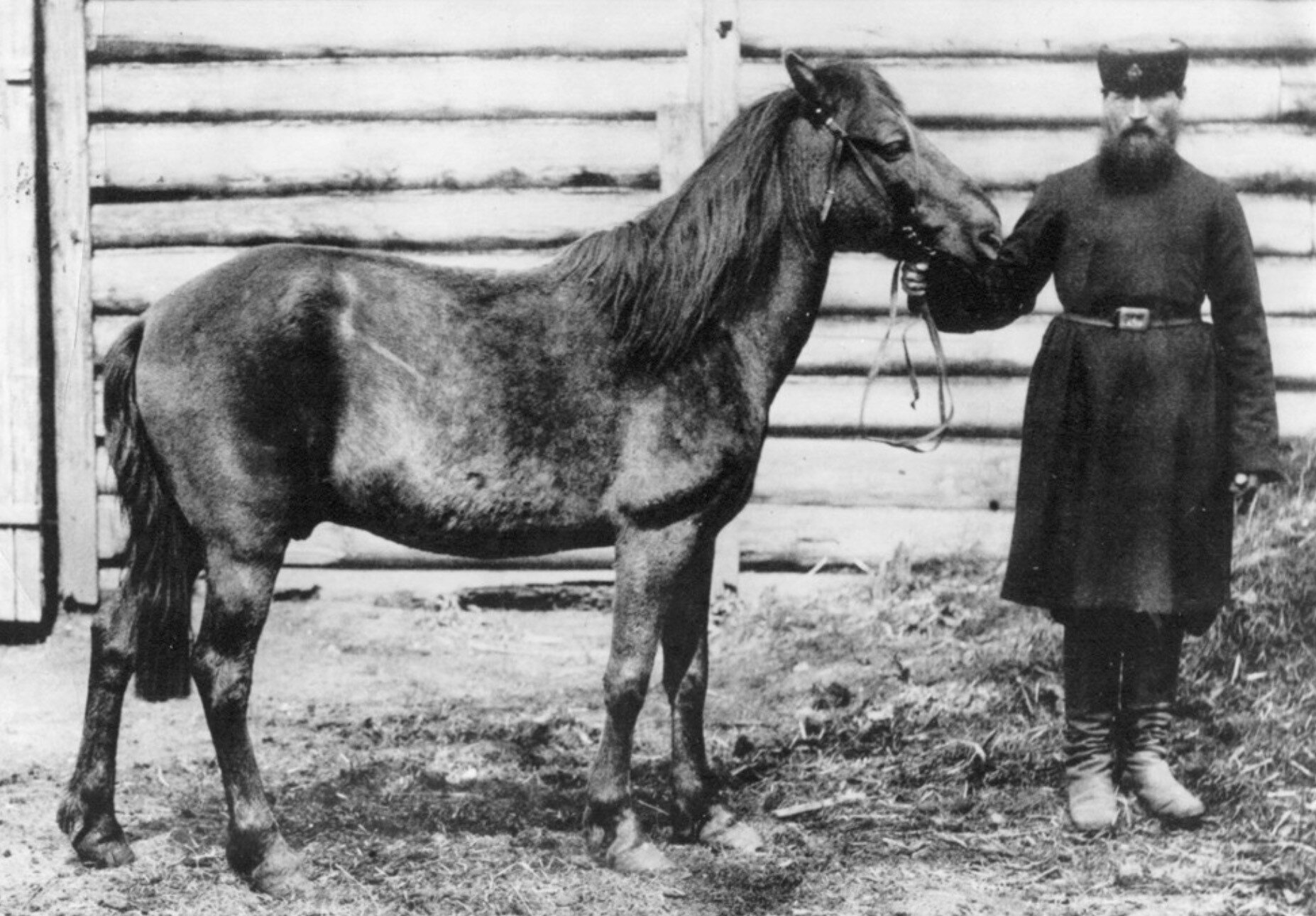
The European Wild Horse
The horse is one of man’s most important domestic animals. Just like cattle, horses descended from a once widespread wildtype that is now extinct because of human influence. The western subspecies of the wild horse, Equus ferus ferus, had a range from the Iberian peninsular to the western Eurasian steppe, where the horse was most likely domesticated. Although the domestic horse is well-known to us, the wild form is kind of elusive – it is not certain when it died out, how common it was, what it looked like, and there is not even a consensus on how to name this animal.
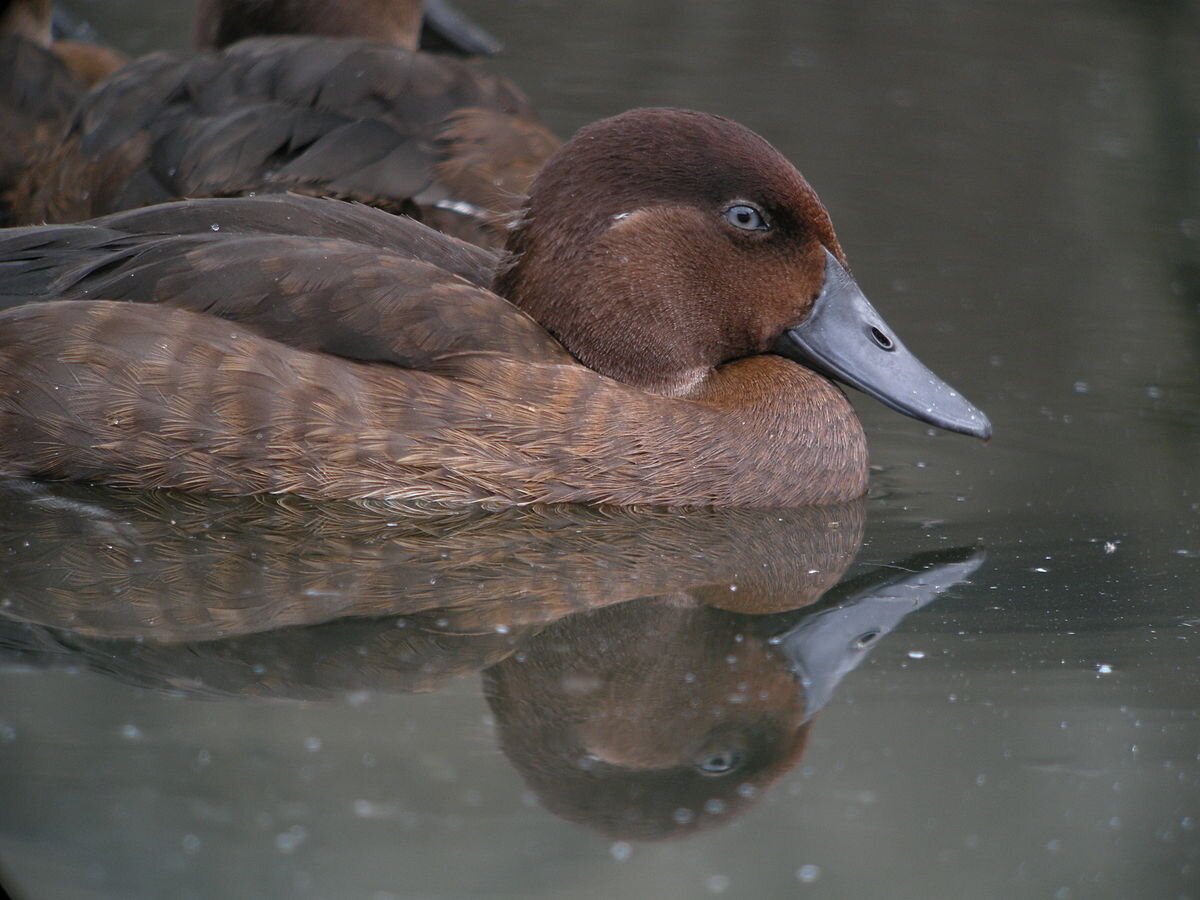
Wildfowl Extinctions
Wildfowl are amongst the most prolific bird groups and have reached every part of the planet, including remote islands. The group has not been spared casualties during the Holocene extinctions, and a clear pattern emerges when extinction dates are compared to the time of human arrival, though the mechanism remains less clear.

The Aurochs
A creature of both myth and history, the aurochs was the wild ancestor of domestic cattle, and a denizen of innumerable legends. Dying out as recently as 1627, it is one of the few members of Europe’s extinct megafauna to have survived into historical times. In this article, guest author Daniel Foidl lays out everything there is to known about the renowned beast.
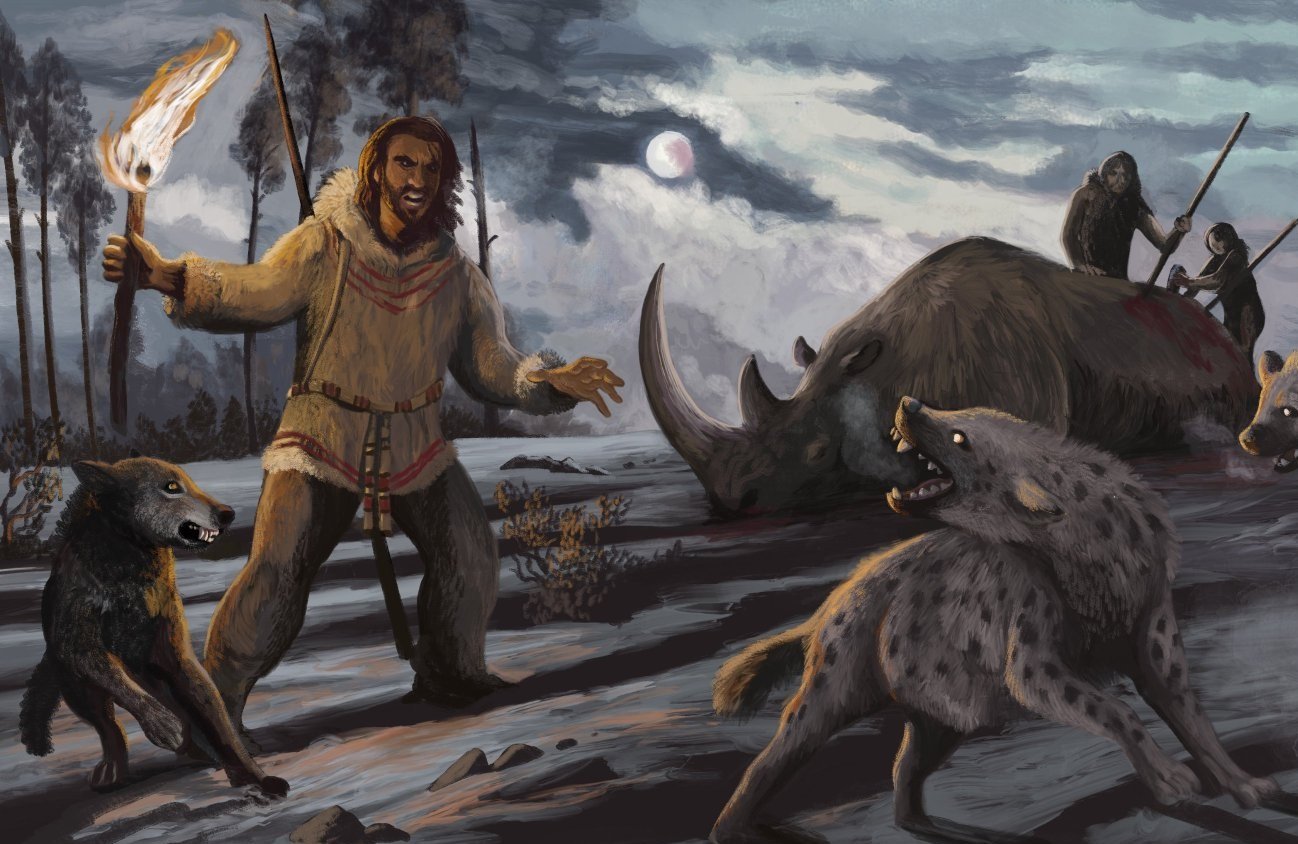
Europe - Part II: The Human Dimension
Around 40,000 years ago, an event occurred that would change Europe forever - Man had come. But what role did early humans play in the transformation of Europe’s ecosystems and the vanishing of the megafauna, and what of the Neanderthal?
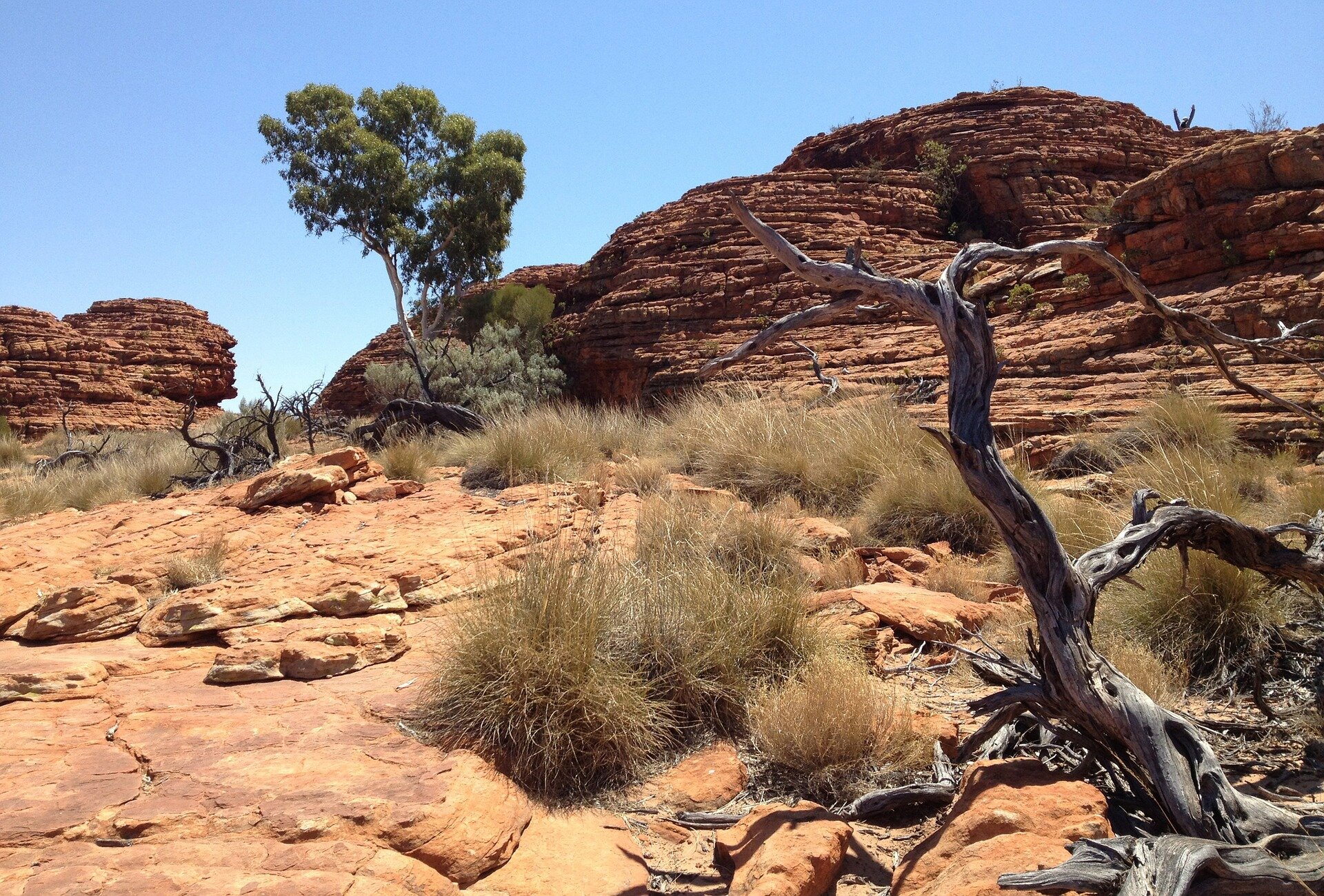
Sahul - Part II: Climate Change
Australia is a dry land, but it was not always so. The transformation of the landmass from one of savannas and rainforests to ‘the Red Continent’ has often been posited as an explanation for the disappearances of the region’s ancient megafauna. Yet does the evidence bear this out, and what role does Papua New Guinea play in the conversation?
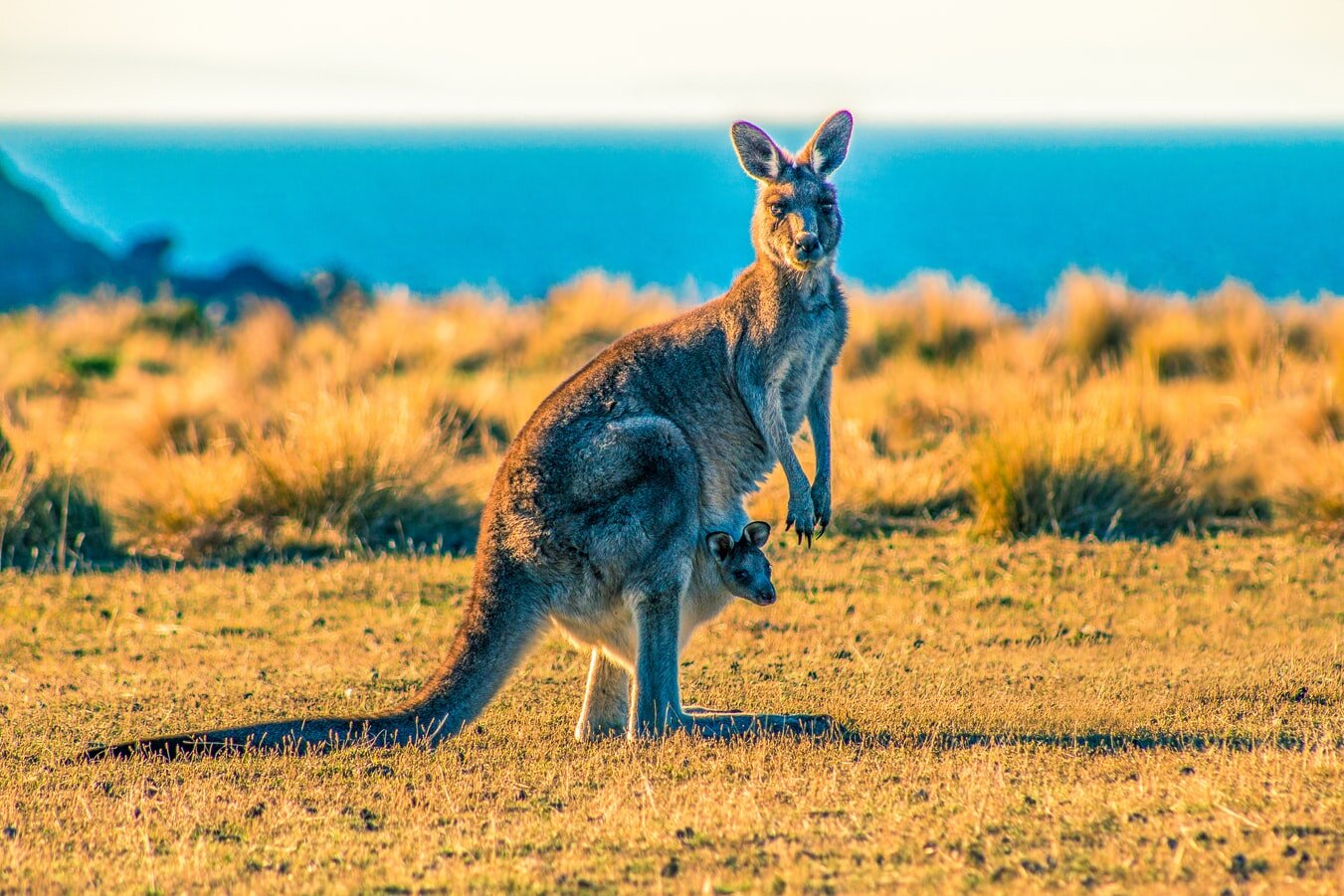
Sahul - Part I: Timeline
Before the seas came in, Australia and New Guinea were once a single landmass - ‘Sahul’ . It was the home of giant lizards, of wombats the size of rhinos and of bizarre forms, entirely vanished today. This first part in our series on the Sahul extinctions explores the timeline of events - a tangled topic, whose resolution will help our understanding of just what happened to Australia’s lost giants.
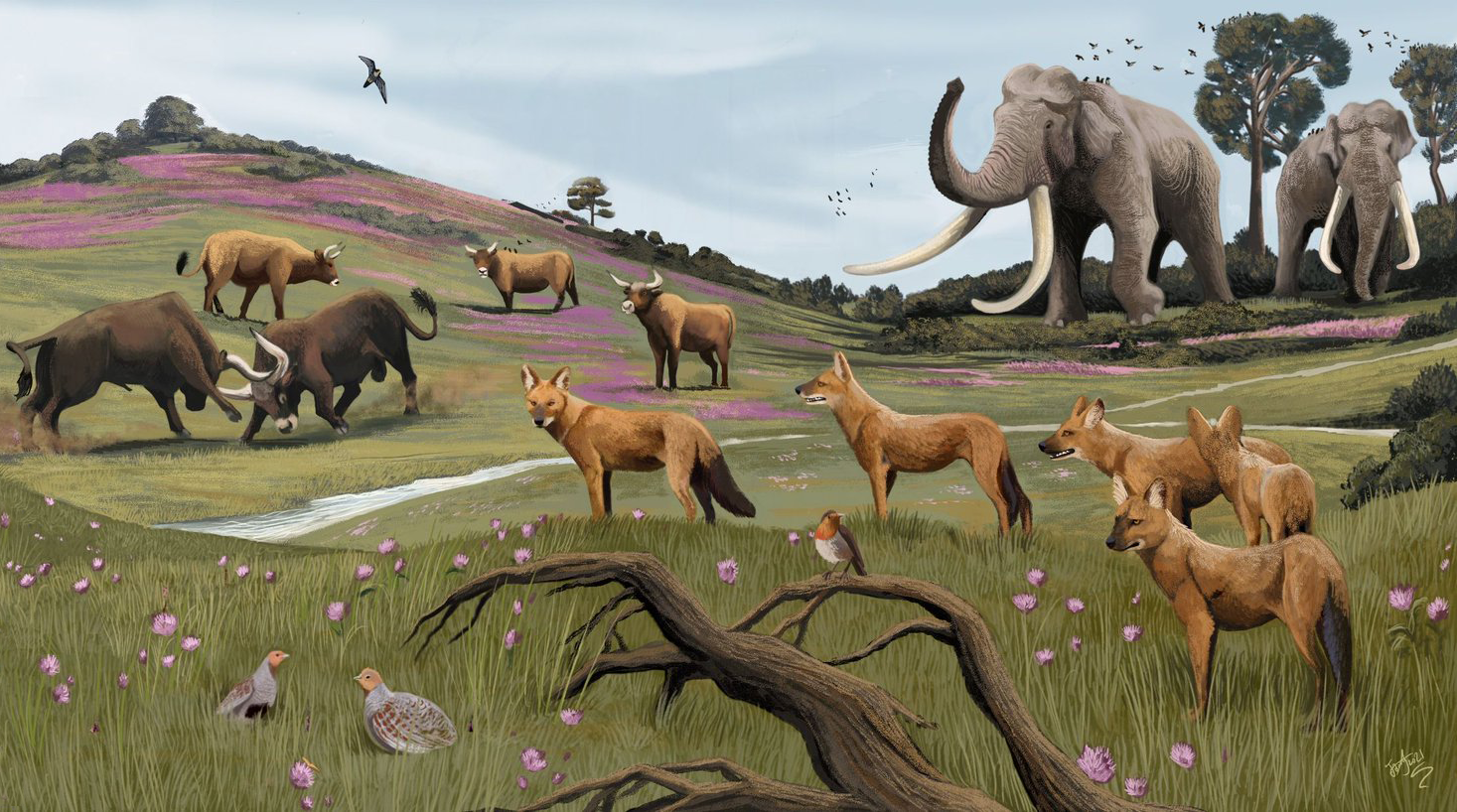
Europe - Part I: Prelude and Climate
Before the age of farming was an age of hunters; before the age of hunters was an age of giants. In this first part of our series on the European extinctions, we describe the continent’s original ecosystems, before the vanishings, and analyse the evidence for a climatic explanation.
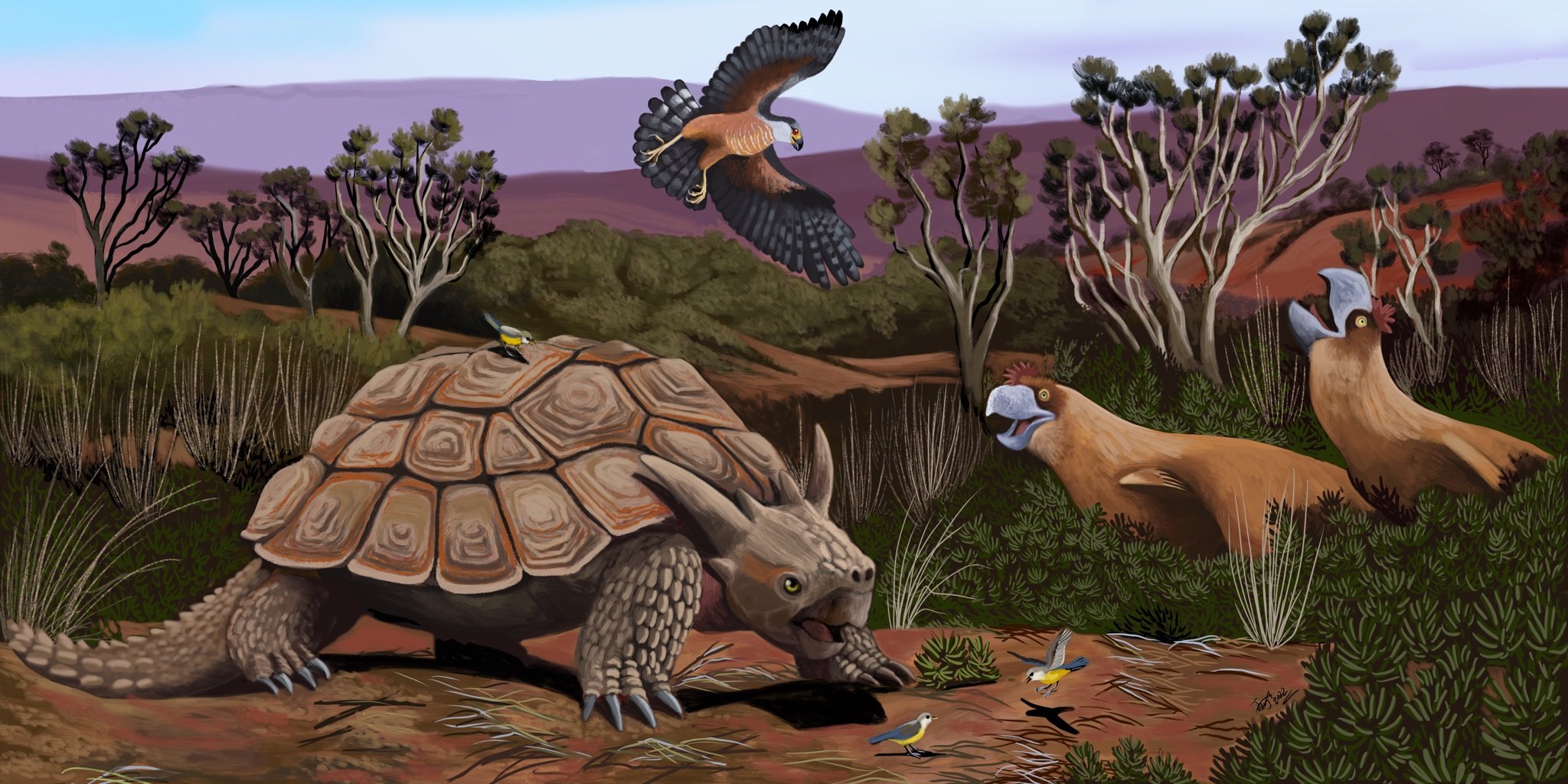
Islands - New Caledonia
New Caledonia was the ‘lost world’ of the Holocene - The final bastion of ancient groups of birds and reptiles, where horned turtles lumbered about the rocky shorelines, land-living crocodiles prowled the jungles in search of ground pigeons, and giant fowl traversed vast metallic scrublands. Then they vanished.
